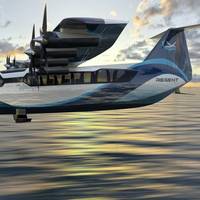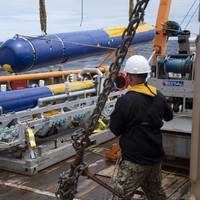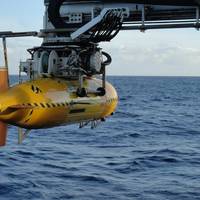REGENT Receives BV AIP for a Wing-in-Ground Vessel

REGENT announced it has received an Approval in Principle (AIP) from Bureau Veritas Marine & Offshore for its 12-passenger, fully electric, wing-in-ground effect (WIG) seaglider, the Viceroy. This AIP marks an important certification milestone for seagliders, offering a clear path for the vehicle’s classification as a wing in ground effect (WIG) maritime vessel and the commencement of commercial seaglider operations. REGENT currently has a backlog of $7 billion in provisional…
Subsea Defense: Navy Deepens Commitment to Underwater Vehicles

The U.S. Navy uses unmanned and robotic underwater vehicles for a multitude of functions, including environmental sensing, mine hunting, and salvage. The Navy plans to evolve an unmanned systems operating concept that is platform agnostic and capable of operating in highly complex contested environments with minimal operator interaction.The most recent edition of the Navy’s Unmanned Systems (UxS) Roadmap was issued in 2018, and a new version is expected in the near future. The 2018 document states that UxS will operate in every domain…
Robots Help Map England’s Deepwater Canyons

The first true three-dimensional picture of submarine canyon habitats has been produced using a combination of marine robotics and ship-based measurements. The information captured in this new set of maps ranges in scale from the 200km canyon down to the size of an individual cold-water coral polyp, and will be used to inform the management of the only English Marine Conservation Zone in deep water. This ‘nested map’ is the result of a recent scientific expedition to the Whittard Canyon in the Bay of Biscay, led by the National Oceanography Centre (NOC).







